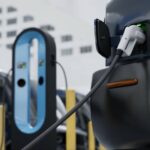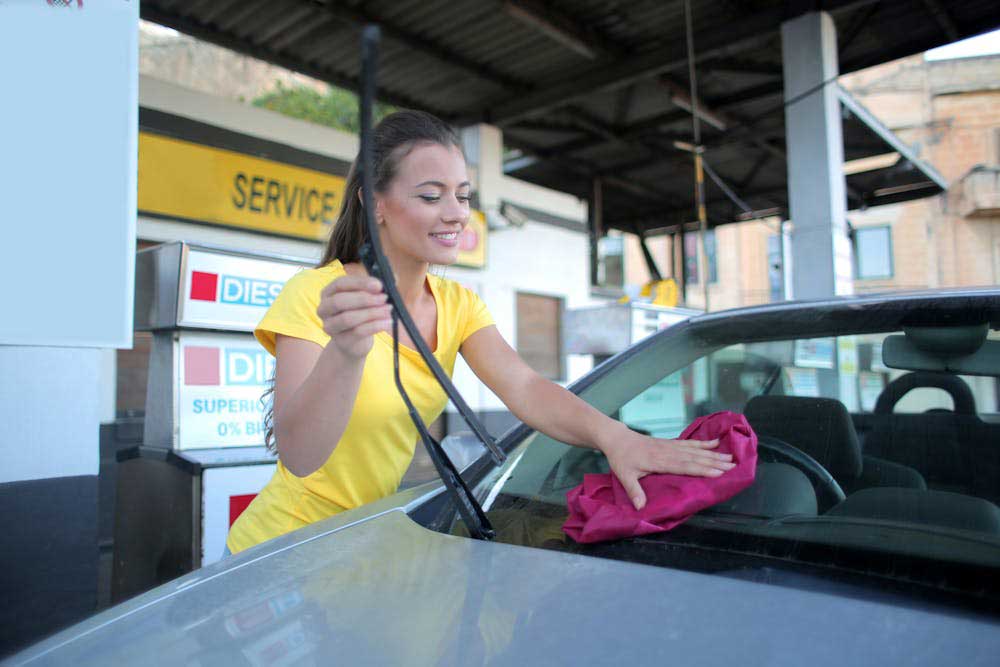The windscreen of your car has been made in such a way to protect you and your loved ones from the climate or any type of accidents. If you happen to damage the windscreen of your car, even though repairing or replacing it is going to cost you quite a bit, it has to be done at the earliest possible time, no matter what the inconvenience.
To avoid all this, we at A1 Windscreens Melbourne, Australia, would like to help you avoid landing up with a cracked or chipped windscreen. So always remember to:
Drive at a Safe Distance
While driving, debris or fine stones may be hurled at you, impacting your windshield and causing a crack or chip. This normally happens while driving behind another car, so maintain a safe distance.
Especially while traveling along the highway, to avoid a crack or chip, it would be best if you maintained two-car lengths between the car in front and did not increase your speed.
Keep On the Lookout for Overloaded Vehicles
HGVs are often seen driving on the freeway, transporting hazardous goods. Very often, the goods from these vehicles start dropping out onto the road, oblivious to the driver as he continues on his trip. But endangering the car behind as the goods can fly into his windscreen, damaging it, even resulting in an accident. This is why you should be extra cautious while driving behind a big or overloaded vehicle.
Instead of driving very close, it would be wise for you to keep extra distance to avoid any loose material from crashing into your windscreen and damaging it.
Drive Carefully On Gravel Surfaces
Stone chips are mostly found on newly laid roads or roads to be repaired. Most often, instead of using a road roller to level out the stone, the contractor will leave the work for the cars driving down that road to do, which turns out to be dangerous so keep double the distance between you and the car driving in front. If you do notice a crack, it would be best to contact a professional.
Do Not Speed
The magnitude of the damage is determined by the speed at which you are driving against the speed of the debris and flying pebbles. Driving at a safe distance is not enough to avoid debris and loose stones from damaging your windshield; you also need to reduce your speed.
For drivers, road repairs are a menace, being the main cause of damaged windscreens. When a drill powered by compressed air is used to drill roads, it tends to kick up a lot of pebbles or stones that could shatter your windscreen. So keep this in mind when planning a road trip or take a detour if possible
Avoid Driving over Potholes
Potholes are another culprit causing damage. Potholes get wider and deeper as cars drive into them, spraying out fine pebbles on to the road. While driving, do not speed and examine the road for potholes. If your car’s windscreen has a chip, then speeding into a pothole will shake up your car and worsen the damage of the windscreen.
Potholes damage your car tires while knocking you off balance, making it difficult for you to steady your driving. It would be wise to avoid bad roads as much as possible.
Check the Weather Reports
Hailstorms are known to damage windscreens so always check the weather forecast before driving off and try to park your car in an area that has proper roofing.
Check Your windshield before Driving
Regularly check your windscreen before you get into your car and begin driving. A chip may be minute and escape your inspection but a little negligence can cause them to worsen and even become unrepairable, thus resulting in a replacement.
Any Type of Damage needs Immediate Repairs or Replacement
Even a small chip has to be attended to as early as possible. Any delay in doing so will only worsen it and turn it into bigger damage.
What Must You do if Your Car Gets Damaged?
You can avoid damaging your car’s windscreen while driving but if you do get a crack or chip, then just follow these important Dos and Don’ts to prevent it from worsening until you get in touch with us at A1 Windscreens, Melbourne, Australia.
- Tape up the damaged area to stop any dirt from getting into the crack before it is repaired.
- Avoid washing your car until it is replaced.
- Avoid applying pressure on the crack either from the outside or inside.
- Avoid applying any type of sticking material inside the crack.
- Avoid speeding on the roads until it is repaired.
We hope the above article helped you learn how best to avoid any damage to your car and where to go when in need of a replacement.











